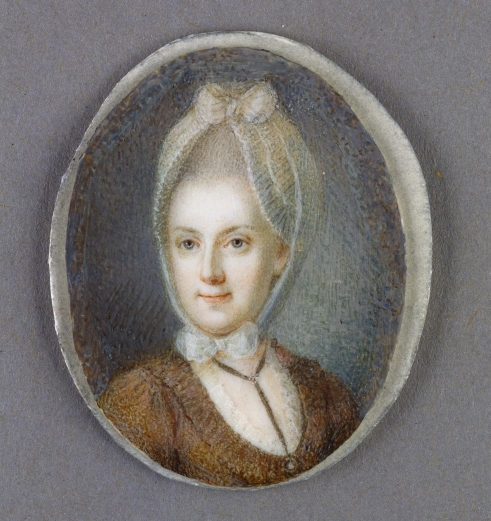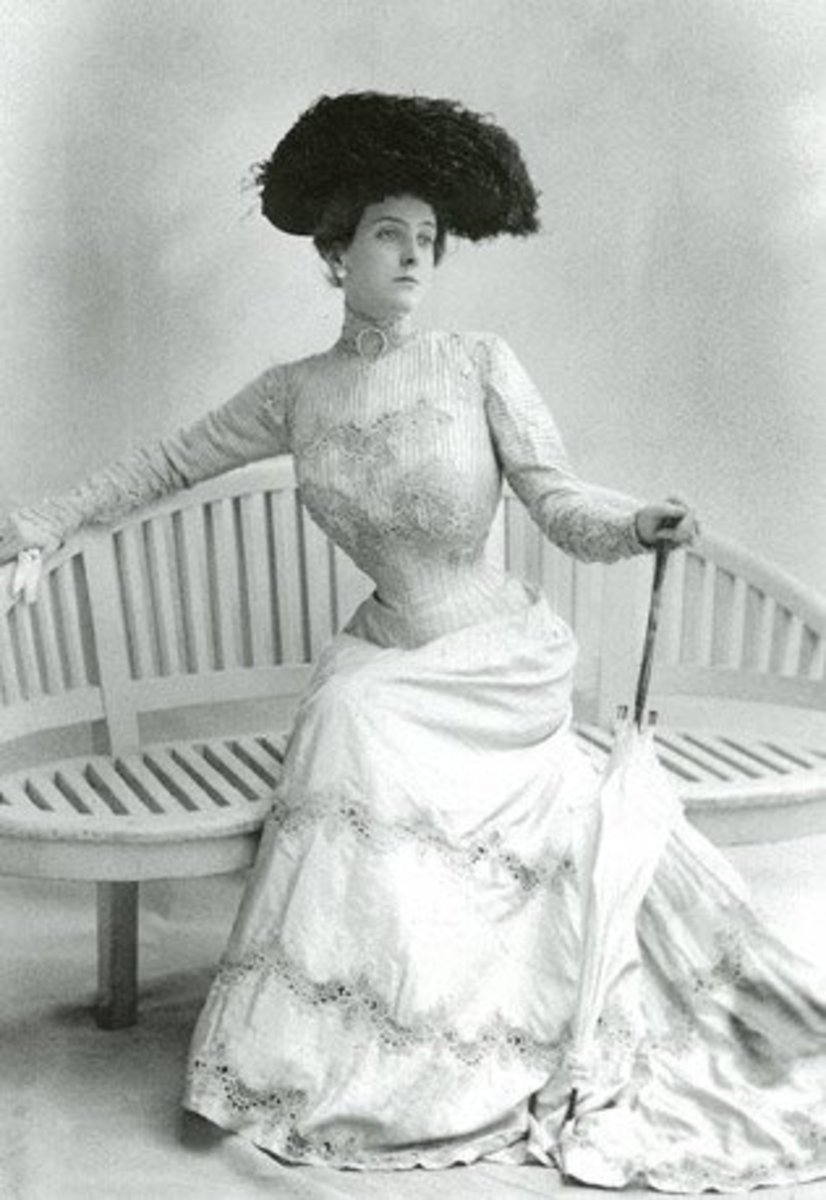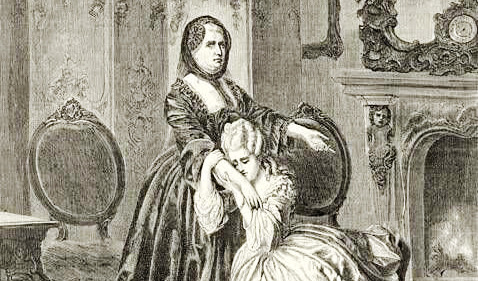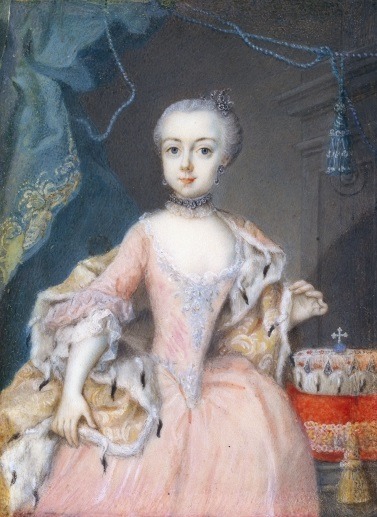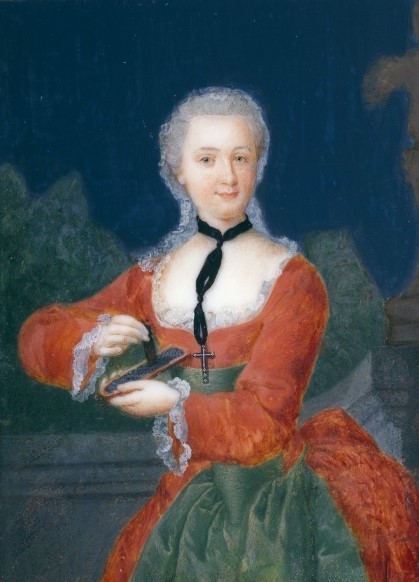The eldest surviving sister was Archduchess Maria Anna, or “La Marianne” as Empress Maria Theresa referred to her in her letters to Antoinette. Maria Anna had numerous physical handicaps, including a crooked back and weak lungs. It was early on decided that she was unmarriageable and so she was encouraged to become a nun. She eventually became the Abbess at Klagenfurt monastery in the Austrian Alps; it may be through her influence that Antoinette acquired some of her liturgical books, such as The Little Office of The Blessed Virgin Mary: According to the Usage of the Cistercian Order. The Abbess, who eschewed society as much as it eschewed her, was a patroness of the arts and sciences like her father the Emperor, and was perhaps one of the most intellectual of the sisters. She died at the age of 51.
Marie-Antoinette, Daughter of the Caesars: Her Life, Her Times, Her Legacy- Elena Maria Vidal
Share






